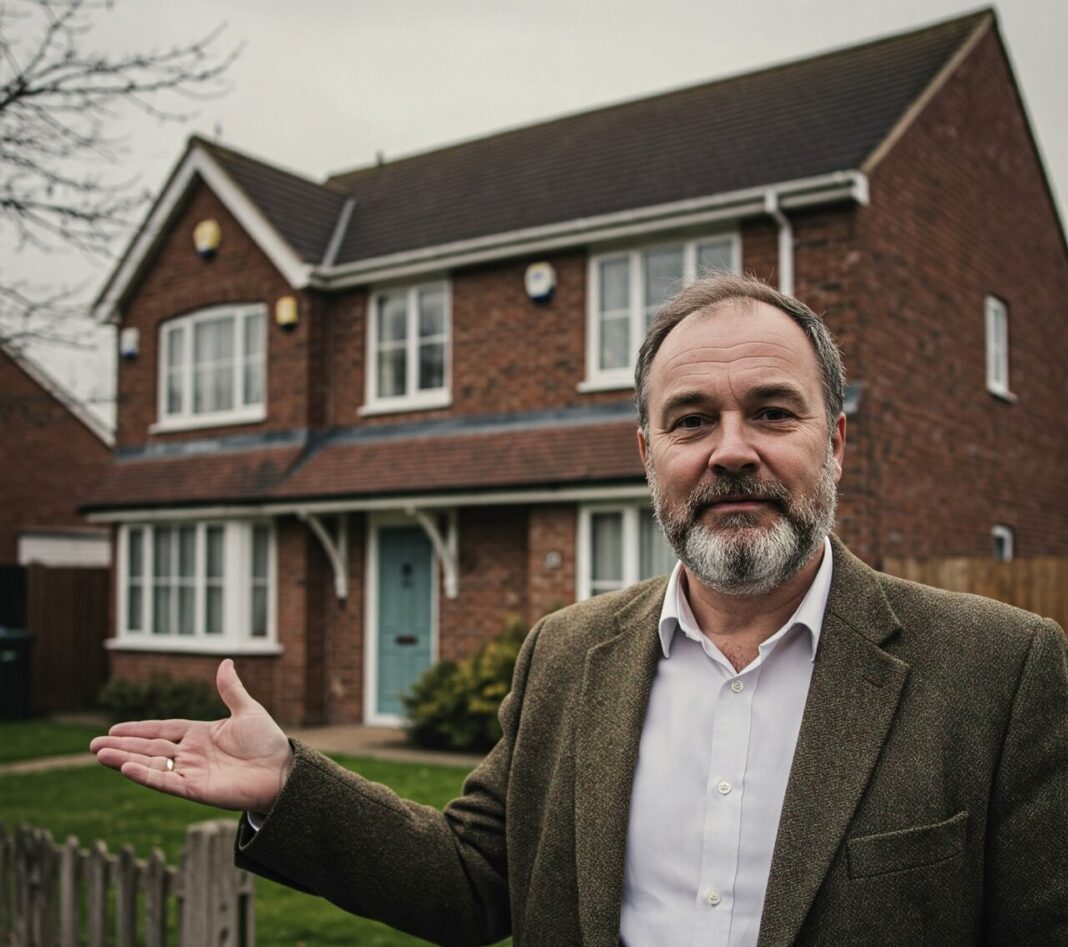The UK’s buy-to-let market saw a sharp rise in new lending in the final quarter of 2024, with the number of new loans advancing by 39.2% year-on-year, according to the latest data from UK Finance.
A total of 52,648 new buy-to-let loans were issued in Q4, amounting to a total value of £9.6 billion – up 47.2% compared with the same period in 2023.
The data suggests growing confidence in the sector, bolstered by a decline in interest rates.
The average interest rate across all new buy-to-let loans stood at 5.09% in Q4 2024, marking a decrease of 0.13 basis points from the previous quarter and 0.61 basis points from a year earlier.
IMPROVED RENTAL YIELDS
Landlords also benefitted from improved rental yields. The average gross buy-to-let rental yield across the UK reached 7 per cent in Q4 2024, up from 6.74% in the same quarter of 2023.
The buy-to-let interest cover ratio (ICR), a key measure of landlords’ ability to cover interest payments, improved to 201% – up from 190% in Q1 2024 and 21 basis points higher than a year earlier.
FIXED RATES
Fixed-rate mortgages continued to dominate the market, with 1.43 million outstanding in Q4 2024, a 4.4% rise on the previous year. Meanwhile, the number of outstanding variable-rate buy-to-let loans declined sharply by 15.9% to 518,000, indicating landlords’ preference for stability amid fluctuating interest rates.
While overall arrears levels improved, with the number of buy-to-let mortgages in arrears (greater than 2.5% of the outstanding balance) falling to 12,610 – down 7% year-on-year – possessions increased. There were 700 buy-to-let mortgage possessions in Q4 2024, unchanged from the previous quarter but 29.6% higher than in the same period in 2023.
NO EXODUS

Richard Donnell, Executive Director at Zoopla, said: “The private rented sector stopped growing in 2016 when tax changes shifted the business model and has since been stuck at 5.5m homes, with landlords buying offset by landlords selling.
“There has been no exodus; the people selling are smaller landlords who didn’t see buy-to-let as a business; 40% of landlords bought their first property to live in. House prices have underperformed in recent years, but higher rents have helped cover rising costs
“The catalysts for those selling have been tax changes, rising property running/repair costs, greater regulation around licensing and higher mortgage rates, which have resulted in lower profits/cashflow, with the threat of more to come.”
“50% of the private rented sector is owned by 20% of landlords with the largest portfolios.”
And he added: “Most buy-to-let landlords are aged over 60 years old and are sitting on big capital gains. The sector is coming to the end of a multi-year consolidation phase as small landlords leave and bigger landlords consolidate portfolios with a focus on modest leverage and cashflow.
“Some 50% of the private rented sector is owned by 20% of landlords with the largest portfolios. Small one property landlords have shrunk from 80% to <50% and 40% of landlords have no mortgage/borrowing.
GLOBAL UNCERTAINTY
“Increased borrowing in Q4 2024 is down to global uncertainty and weaker equity markets, with residential coming back into the thinking of cashflow-focused landlords. It didn’t really stop, but the sector needed to consolidate after more than doubling in size between 2000 and 2016 where the motive was leveraged capital growth-driven returns.
“Those days are now over, there are areas of value in the market where yields are higher. Canny investors will be seeing opportunities in the market, with more homes for sale than over the last seven years, which explains why we have seen an increase in borrowing.”










